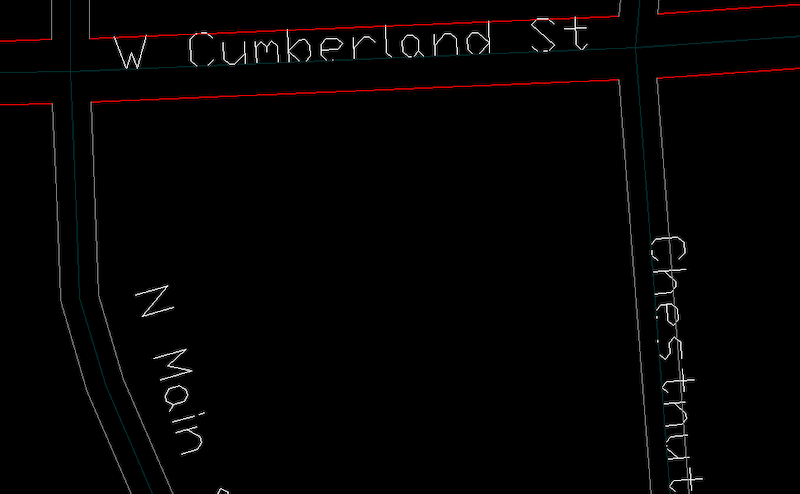It’s relatively common knowledge that TomTom was the first on the block in terms of widely available consumer navigation products (and if you didn’t know that before, now you do!). But technology and other advancements have come a long way since then…and so has TomTom.
For example, did you know that TomTom has a specific geocoding layer, which can be beneficial for a wide variety of industries? We wanted to take a look at a few unique aspects of TomTom map data that may not be as widely known.
1. TomTom Includes Obscure Data
We don’t mean TomTom would be able to tell you the entire history of the highway you’re driving; rather, TomTom is often able to drill down into some lesser-known and lesser-traveled roads that may not show up in many other maps or APIs due to a lack of coverage. Rural dirt roads, off-road trails and other examples of “the road less traveled” are typically represented in TomTom’s products and services.
The chances of you needing to know such locations for your routes may be as remote as the roads themselves, but it’s still impressive that such data even exists. Plus, you never know when it might come in handy if a driver is lost and it’s more crucial that their map lines up with what they’re actually seeing out their windows.
2. Consistency In Updates
Remember that new feature you’ve grown accustomed to? When TomTom goes through system updates, you’ll still be able to find that feature under the same name, because TomTom provides consistency with their updates. The structure is maintained and updates are often provided in the same format when they receive new data, so customers don’t need to worry about changes in layer names or field names.
TomTom customers rely on consistency to continue to get their jobs done smoothly. No one wants to always play catch-up once an update is pushed through. That worry is alleviated with TomTom.
3. Traffic Stats & Speed Analyses Offer Valuable Data
TomTom Traffic Stats is a product that includes a vast amount of traffic and speed data gathered from literally trillions of measurements and sources throughout the globe to provide valuable information for businesses that rely on correctly planning and timing their routes and services.
Problematic traffic areas that might otherwise not be visible are identified to demonstrate which routes are ideal for driving or what might be the best places for your fleet to travel. And Speed Profiles in particular, a popular TomTom add-on product, can help you calculate more exact arrival times. In this day and age of constantly tracking orders on the phone, that level of precision is crucial to ensuring continued customer satisfaction.
4. Standalone Licensing Is Available
If you’re only in need of the data and services offered by TomTom’s MultiNet Post and MultiNet Administrative Areas, you’re in luck; you can license those products and take full advantage of their valuable data on their own, without licensing everything else.
MultiNet Post provides cartographic representations for postal codes to help with geocoding and more, while MultiNet Administrative Areas offers detailed boundaries defined by the census.
5. TomTom Maintains a Flexible & Responsive Partnership
In the ever-changing world of digital mapping technology, flexibility is a must. Fortunately, TomTom extends flexibility with their products and services (as demonstrated by the previous point regarding standalone licensing options). They’re also very responsive, which makes all our lives easier.
If you have a question regarding a TomTom service that we can’t answer immediately, you can be certain that when we connect with our partners there, they’ll be quick to respond with an answer.
Get to Know TomTom MultiNet
We’ve developed a more in-depth guide to TomTom MultiNet features, including which options are available to license through ADCi. We invite you to click the link below to download your free guide and get to know TomTom even more. Please feel free to reach out to us if you’re interested in learning more or want to get the ball rolling on licensing the ideal TomTom service that works for you.
Subscribe to ADCi's Blog
Related Posts

How TomTom Address Points Benefits GIS Professionals

Make and Manage Critical Decisions With TomTom Map Data in AutoCAD Format

